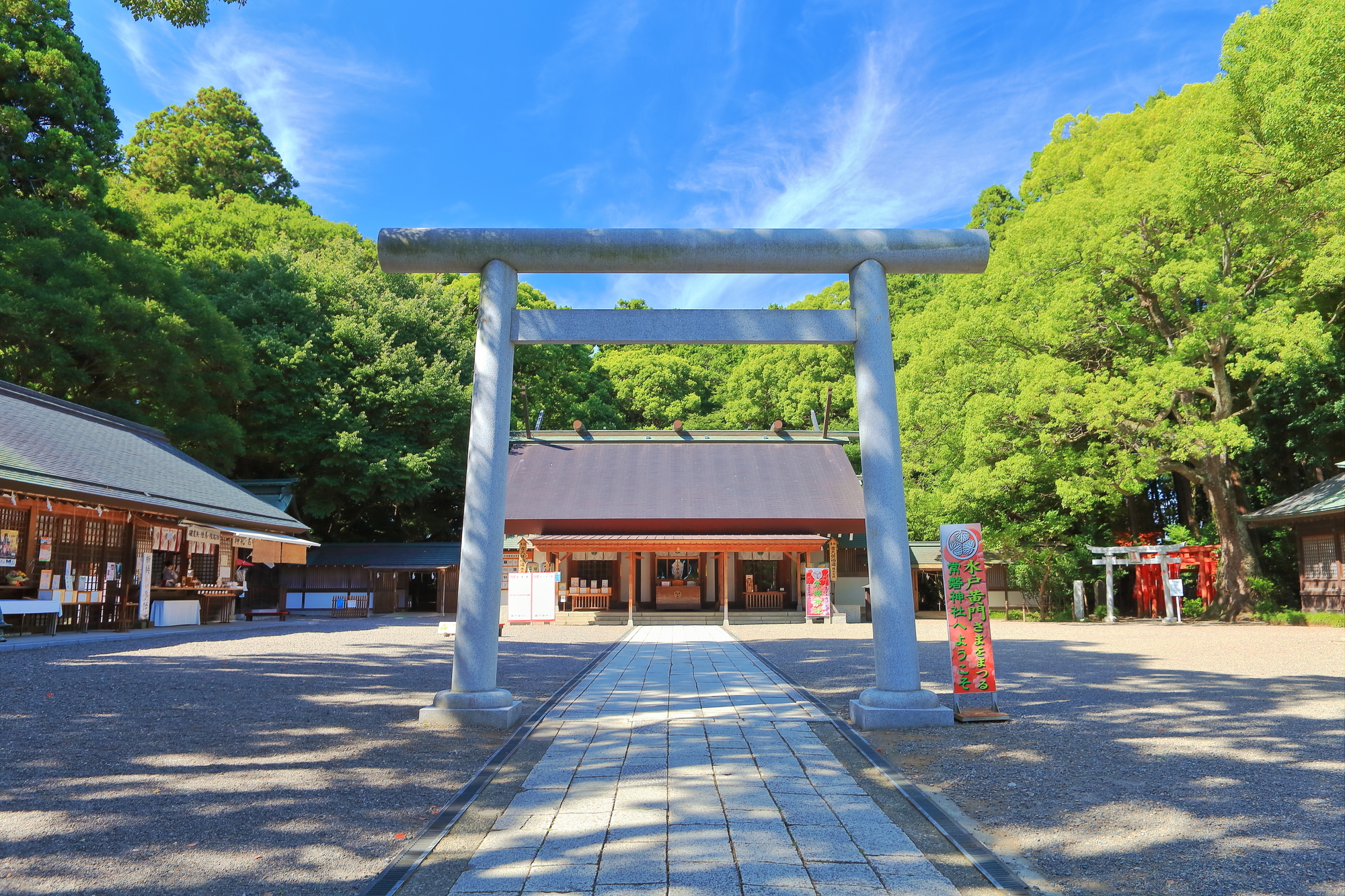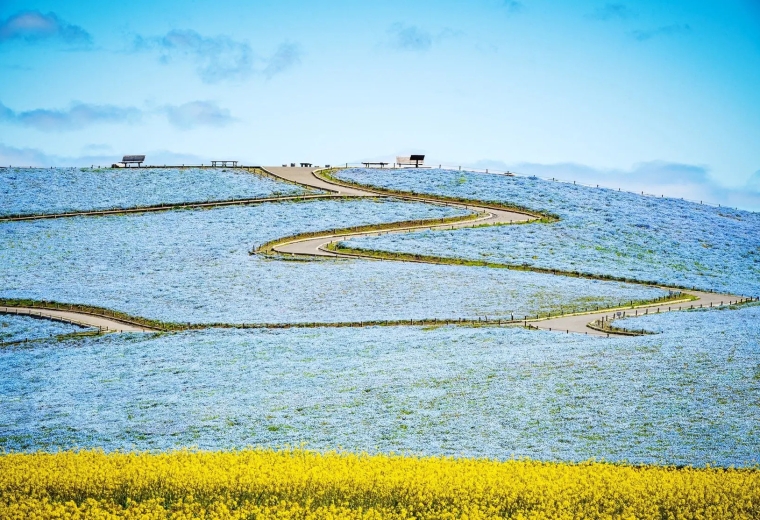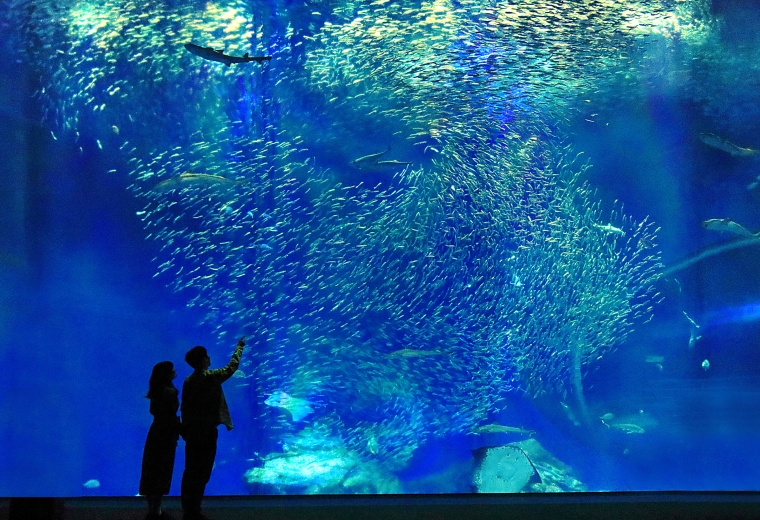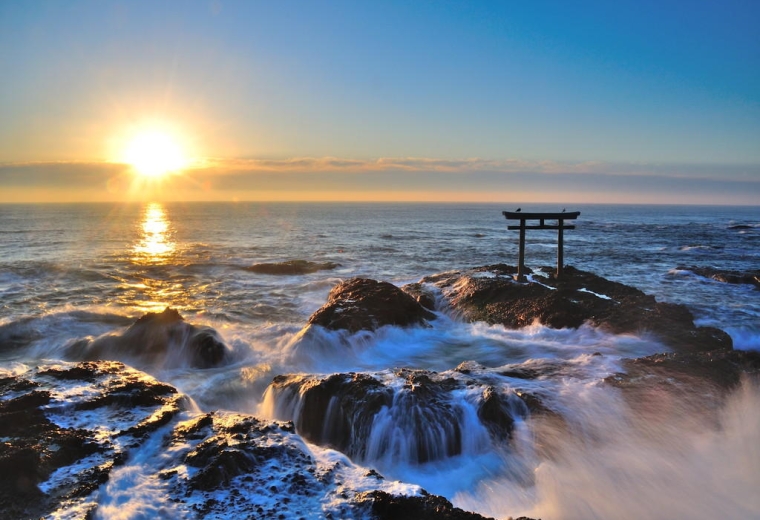A 2-Day, 1-Night Historical Journey in Mito City: Exploring Landmarks from the Edo and Meiji Periods
There are many spots related to the Tokugawa shogunate family, who led the Japanese government during the Edo period (1603 - 1868) in Mito. The Tokugawa Gosanke, three branches that were allowed to carry the Tokugawa family name, existed during this time and held status that ranked next to the shogunate family. The Mito Tokugawa family, the lords of the Mito Domain (present-day central and north Ibaraki Prefecture), was one of those families. The Mito Tokugawa family emphasized education in Japanese history and the sciences with their retainers, which became famously known as Mitogaku.
In addition to facilities related to Mitogaku, Mito has a museum where visitors can enjoy historical exhibits associated with the Tokugawa family, and historical buildings such as a former school established during the Meiji Period (1868-1912). Exploring these spots will deepen your understanding of Japan`s history during the Edo period and the beginning of modernization.
1 night, 2 days
Day 1

Tokyo Station
 (Train) About 1 hour and 20 minutes
(Train) About 1 hour and 20 minutes
Mito Station
 (On foot) 5 minutes
(On foot) 5 minutes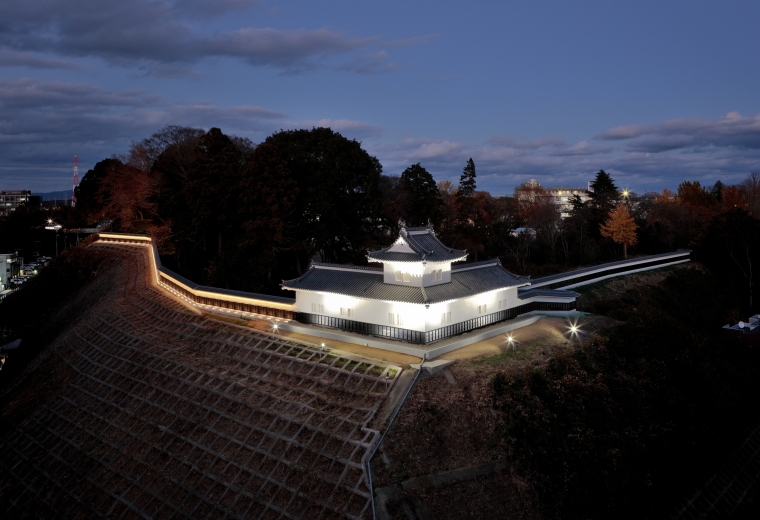
Mito Castle Ruins
Mito Castle was Japan's largest earthen flatland castle, constructed between the late 12th to early 13th centuries. It became the Mito Tokugawa family's castle after several changes in lords when Y…
Read More (On foot) Immediate
(On foot) Immediate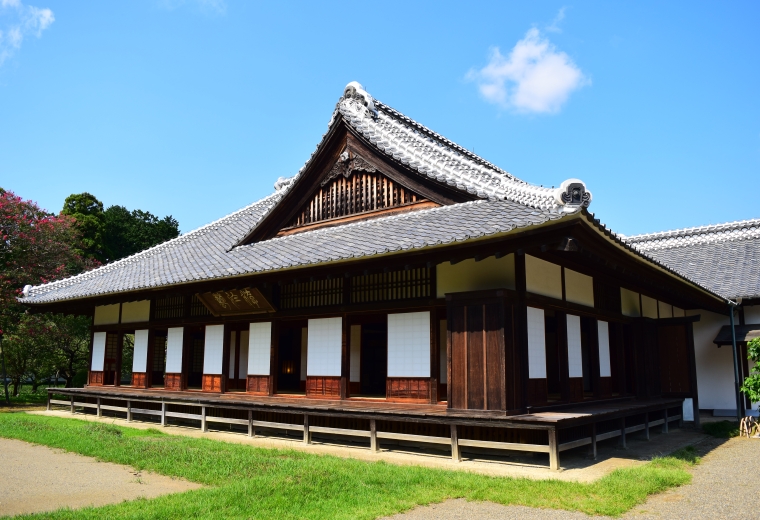
Kodokan Mito Domain School
Kodokan was established in 1841 by Nariaki Tokugawa, the ninth feudal lord of the Mito Domain. It was the largest school among the warrior clan and comparable to a university by today's standards. St…
Read More (Taxi) 10 minutes
(Taxi) 10 minutes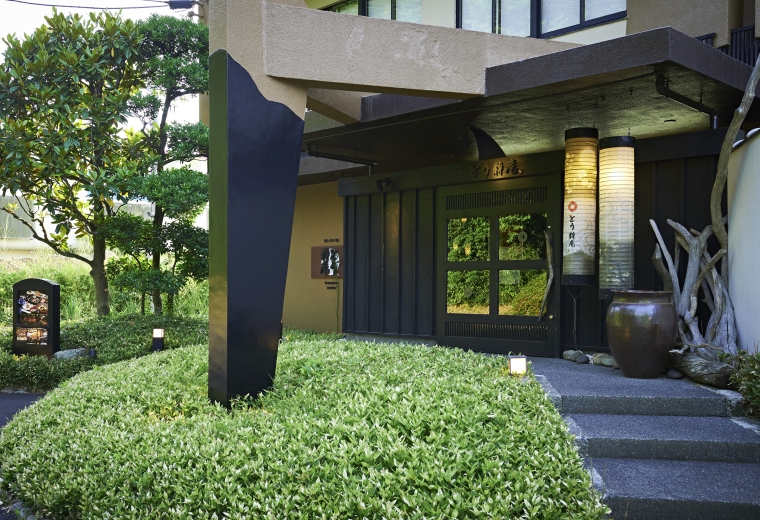
Modern Kaiseki & Wine Tousuian
Modern Kaiseki & Wine Tousuian offers modern kaiseki cuisine made with ingredients produced in Ibaraki Prefecture. Modern kaiseki cuisine is a full-course Japanese meal that adopts Western cooking m…
Read More (On foot) 10 minutes
(On foot) 10 minutes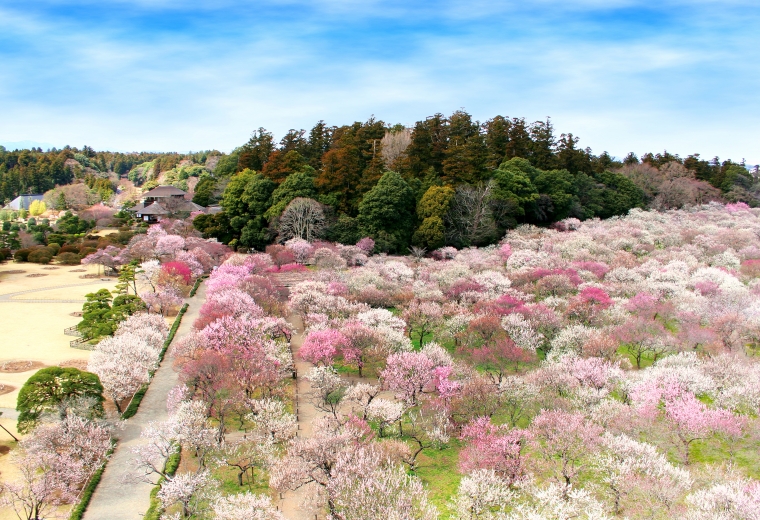
Kairakuen Garden
Kairakuen Garden is ranked among Japan’s top three most beautiful gardens, alongside Kenrokuen in Kanazawa and Korakuen in Okayama. The garden was established in 1842 by Nariaki Tokugawa, the ninth f…
Read More (On foot) Immediate
(On foot) Immediate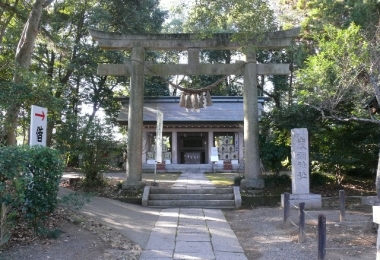
Tokiwa Shrine
Located next to Kairakuen Garden, Tokiwa Shrine is the largest shrine in Mito City. It is dedicated to Tokugawa Mitsukuni and Tokugawa Nariaki, the second and ninth feudal lords of the Mito Domain du…
Read More (Taxi) 10 minutes
(Taxi) 10 minutes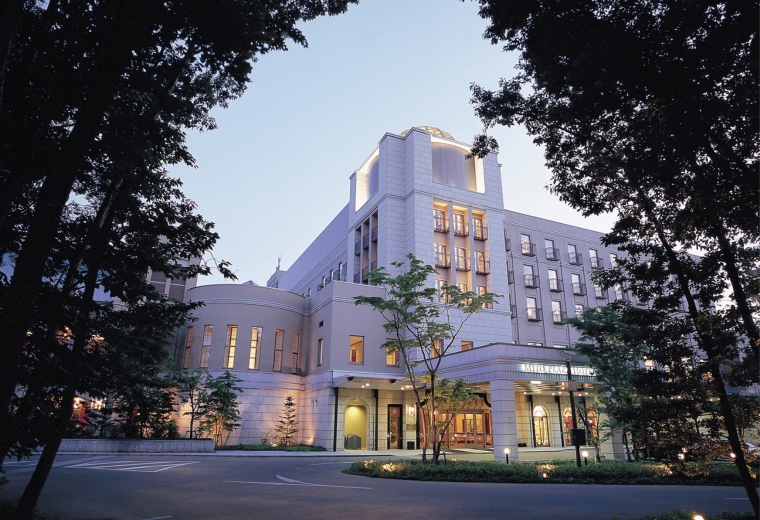
Overnight stay
Mito Plaza Hotel
This luxury hotel is surrounded by lush greenery, making it the perfect escape from daily life. The hotel prides itself on getting to know its guests and providing everyone who stays with personali…
Read MoreDay 2

Mito Plaza Hotel
 (Taxi) 10 minutes
(Taxi) 10 minutes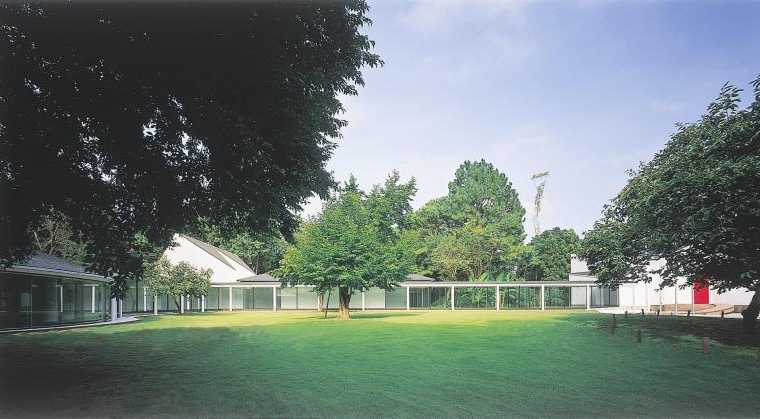
Tokugawa Museum
The Tokugawa Museum was established in 1977 by the Public Interest Incorporated Foundation to house objects and writings passed down from the Mito Tokugawa Family. The exhibits were donated by Kuniyu…
Read More (Taxi) 5 minutes / (On foot) 20 minutes
(Taxi) 5 minutes / (On foot) 20 minutes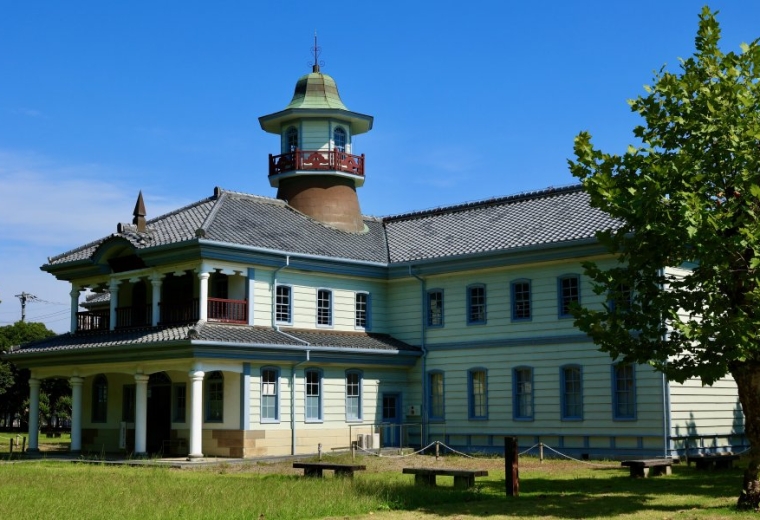
Ibaraki Prefectural Archives and Museum
The Ibaraki Prefectural Archives and Museum (Mito City) was established in 1974. Permanent exhibits showcase the history of Ibaraki from ancient times to the present day. The museum itself is housed …
Read More (Taxi) 5 minutes / (On foot) 25 minutes
(Taxi) 5 minutes / (On foot) 25 minutes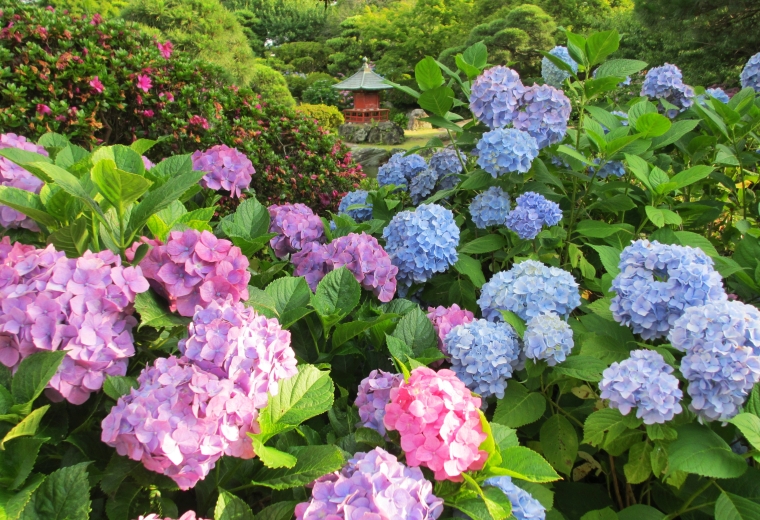
Howaen Garden
Howaen Garden is a spacious garden adjacent to Keiganji Temple (established in 1682). It is a popular place to enjoy blooming hydrangeas in Mito. The garden's history is said to have begun around th…
Read More (Taxi) 5 minutes / (On foot) 20 minutes
(Taxi) 5 minutes / (On foot) 20 minutes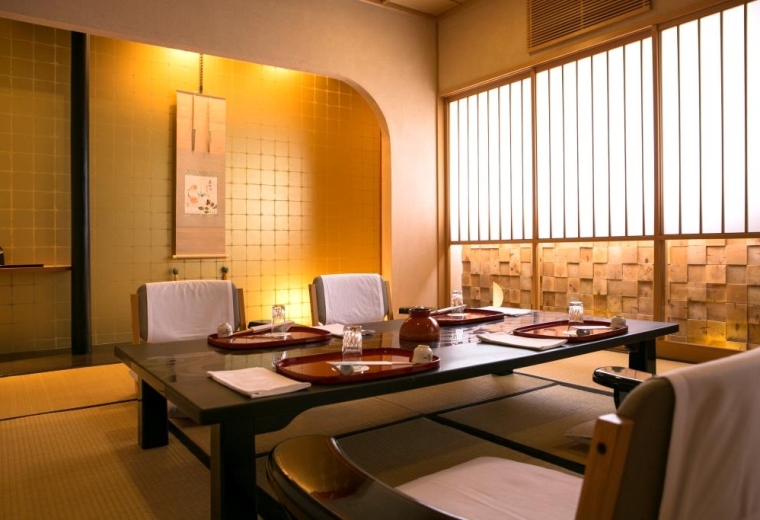
Yamaguchiro Main Branch
This restaurant uses local ingredients to make traditional dishes using recipes dating from the Meiji Period (1868-1912). Yamaguchiro is a must-visit for anyone looking for a truly authentic Japane…
Read More (Taxi) 10 minutes
(Taxi) 10 minutes
Mito Station
 (Train) About 1 hour and 20 minutes
(Train) About 1 hour and 20 minutes
Tokyo Station
